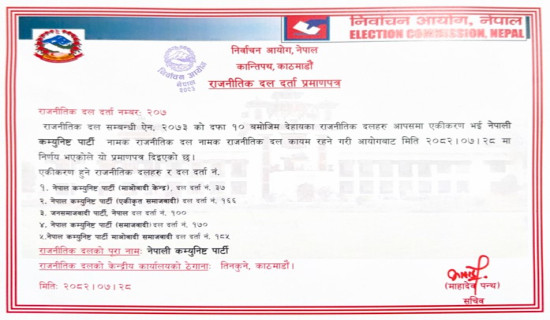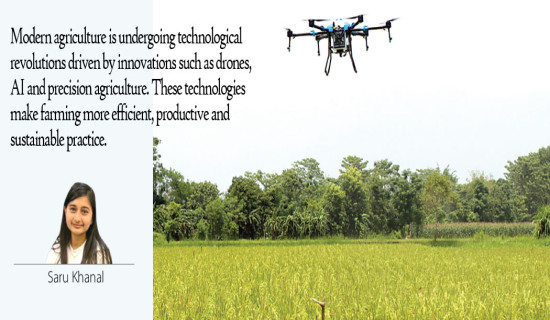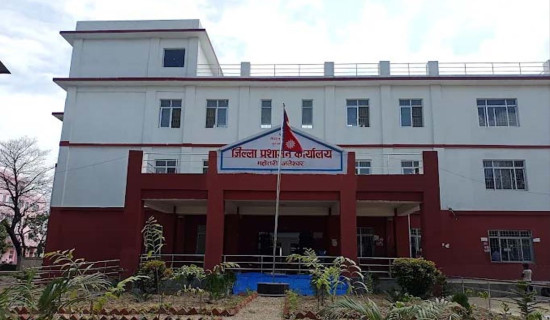- Friday, 14 November 2025
Pragmatic Budget
The government has unveiled Rs. 1,860 billion budget for fiscal year 2024/25, starting from mid-July. It is 6.2 per cent higher than the unrevised budget of the current fiscal year. Addressing the joint session of the federal parliament on Tuesday, Finance Minister Barsha Man Pun said that of the total budget, Rs. 1140 billion (61.31 per cent) would be spent on recurrent expenses, Rs. 352 billion on capital expenditure and Rs. 367 billion on financial expenditure. The budget seeks to achieve 6 per cent economic growth and keep inflation at 5.5 per cent. The recurrent expenditure has been reduced by more than one billion rupees while capital expenditure has been increased by more than Rs. 50 billion compared to the current fiscal year budget. It targets to collect a whopping 1260 billion in revenue, Rs. 52 billion as foreign grants, Rs. 200 billion as foreign loan and Rs. 300 billion as internal loan.
The new budget came at a time when the national economy is still under pressure owing to the prolonged recession. The government has symbolically increased the development budget, giving a message that it is focused on forming capital and creating jobs. Prepared amidst the limited resources and many expectations, the budget is balanced and realistic as it attempts to boost the confidence of private sector and rekindle the hope of commoners. It has cautiously avoided populist programmes that used to be framed under the snappy slogans. This is evident in its stated objectives, priorities and strategies. The budget has set five objectives, five priorities, and five economic reform strategies. Its five objectives are to increase production, productivity and employment, boost the morale of the private sector, augment investment and economic activities, develop human capital, reduce economic inequality and poverty by using resources and means in a balanced and equitable manner, and make public service delivery more effective.
Likewise, the five priorities include economic reforms and promotion of the private sector, construction of industrial infrastructure, development of social sectors, inclusion and social security and promotion of good governance. The government wants to pursue structural reform, and reform in business environment, public finance system, financial sector and public administration. A high-level economic reform suggestion taskforce will be created to recommend for structural reforms expected to overcome the bottleneck of capital spending and revamp the public finance system. To achieve sustainable, broad and inclusive economic growth, it has laid emphasis on the infrastructure development, tourism, information technology, agriculture, social security, good governance, clean energy, clean tax system and federalism, among others. The installed capacity of electricity will be 4,500 megawatts in the next fiscal year. The budget has announced Gandaki Economic Triangle project connecting Bharatpur, Pokhara and Butwal.
In order to promote domestic agro products, the budget has abolished the value added tax on potatoes, onions, apples and other vegetables and fruits. It has earmarked Rs. 567 billion for the local and provincial levels as grants and revenue shares. The next fiscal year as the departure year of the information technology decade aims to export IT products worth Rs. 3000 billion and generate 500,000 direct and 1 million indirect jobs. It seeks to run a returnee entrepreneurship programme, making at least 100,000 returnees self-employed. Programmes such as 'Year for Investment in Women' and 'Prime Minister's Daughter Programme' are expected to empower women and reduce violence against women. The government has daunting challenge to pool resources to meet expenses and implement these programmes. The budget is pragmatic, requiring predictable stability and policy consistency to translate its provisions into reality.

















